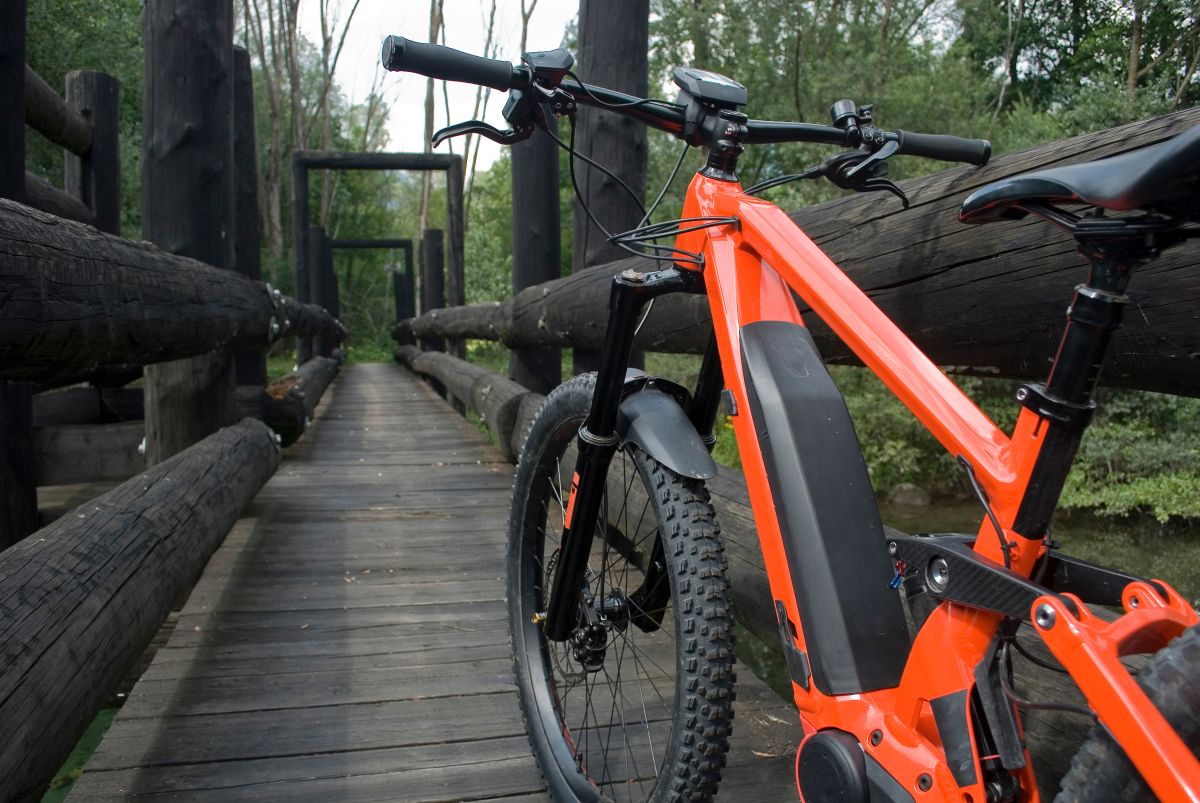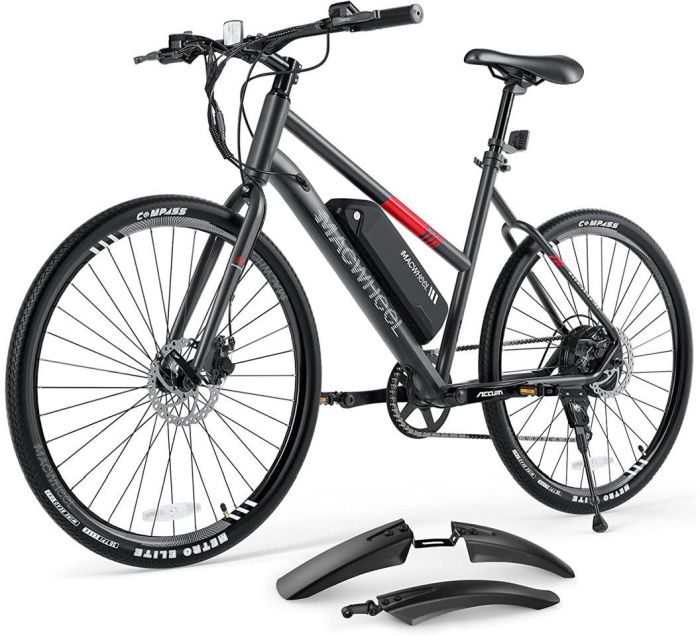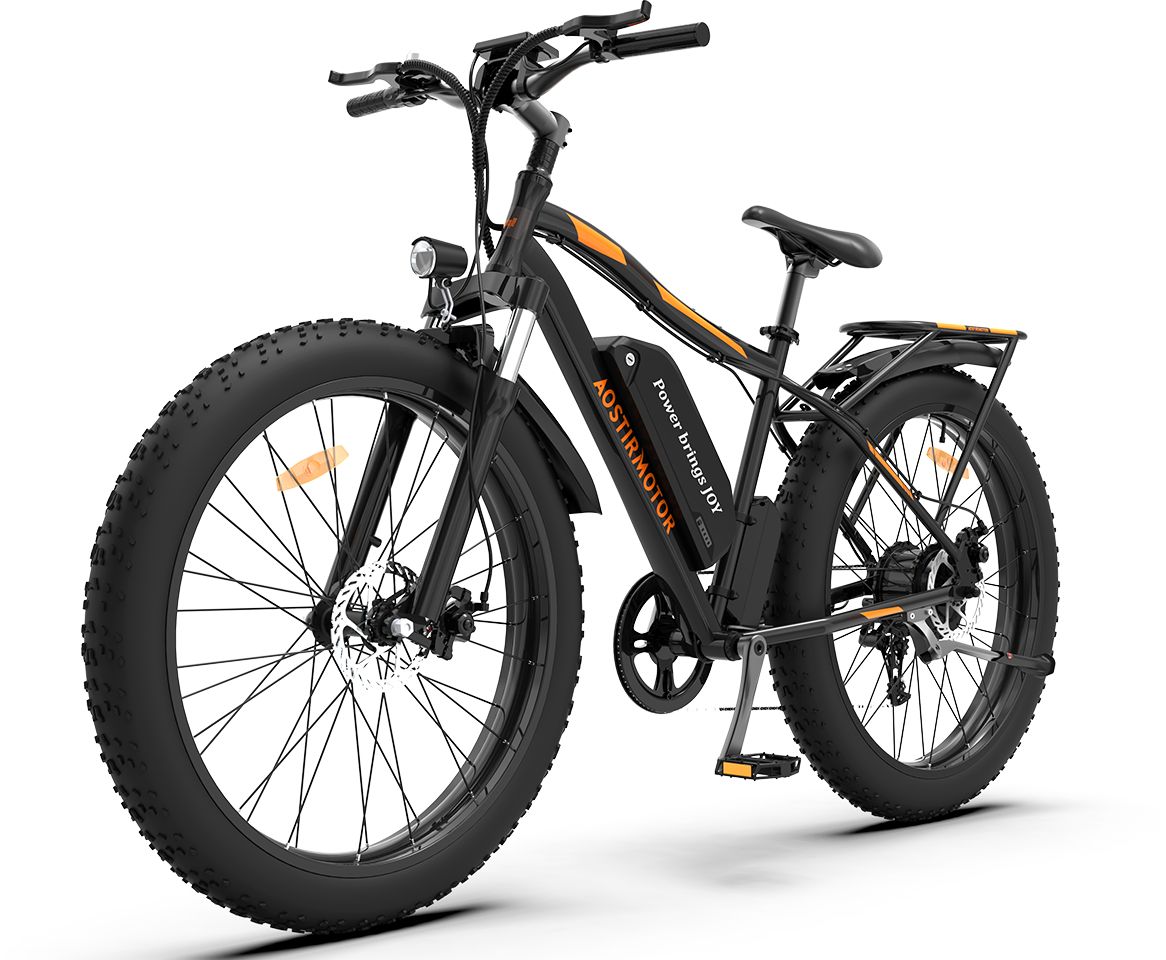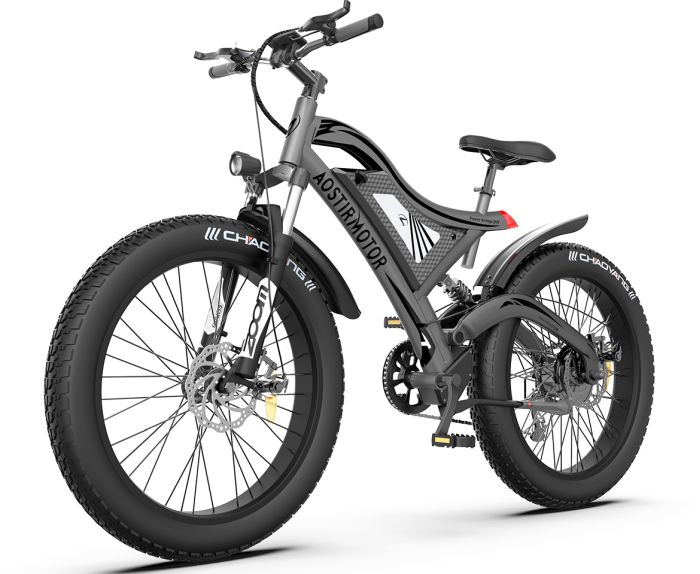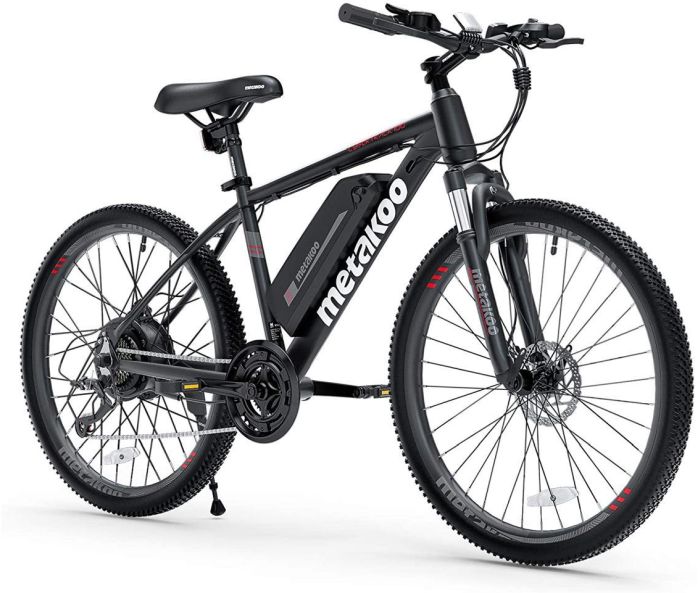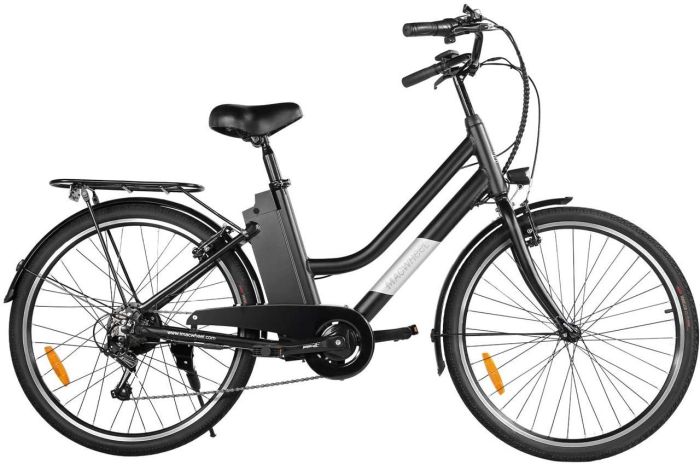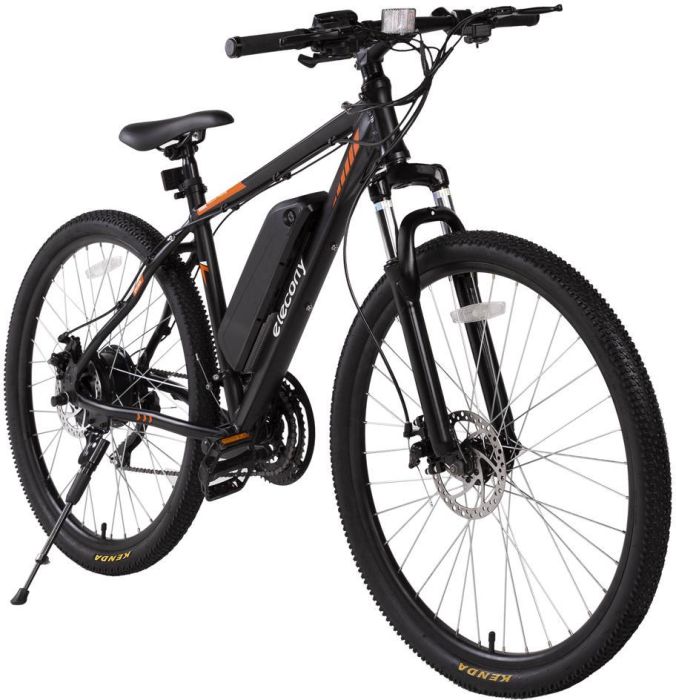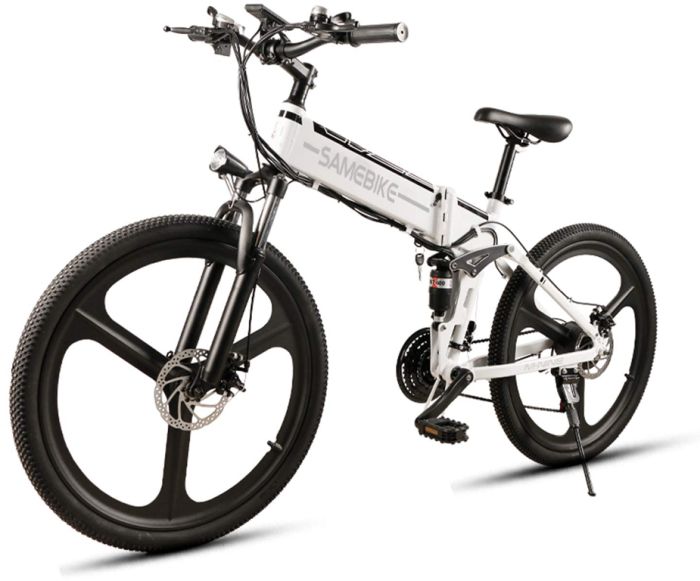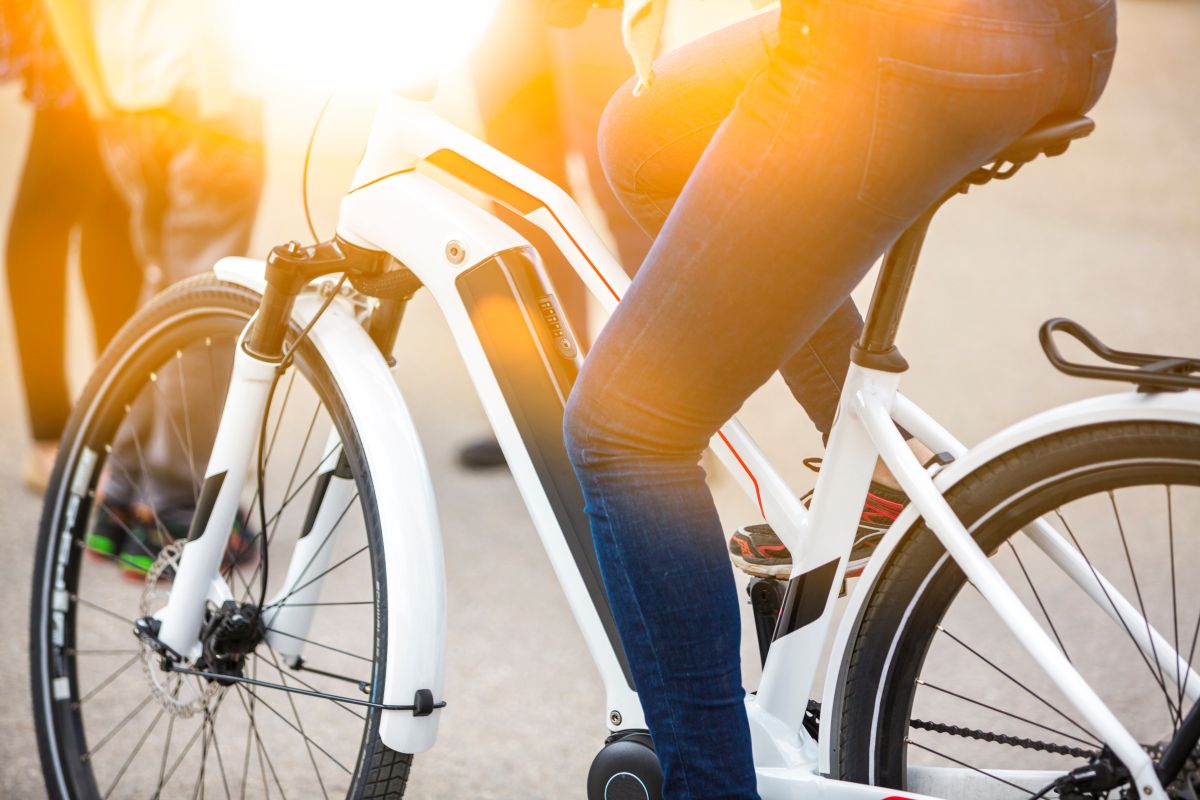
So you want to ditch your car and start riding a bike to work? Or maybe you’re just looking for a fun way to get out and active. Whatever reason you have for wanting an electric bike, there are a lot of things to consider before you decide to buy. To help you figure out what you need, let’s look at the many facets of ebikes and how they work.
Understanding Ebike Classes
Classes are a way to quickly categorize and distinguish different electric bikes from one another. In Europe, where electric bikes are more prevalent, classes offer a significant distinction between different ebikes, with some areas requiring e-bike owners to register and insure their bikes, depending on its class.
In the US, there are no such laws in place (yet). But it’s still important to keep class in mind, especially as electric bikes gain more widespread adoption over the years.
Class 1
Class 1 e-bikes are bikes that use the motor solely to provide assistance when you’re pedaling. These bikes are the slowest, with pedal assist working up to 20mph, and are most useful if you’re looking to make your trip a little easier without allowing the bike to take over for you.
Class 2
If you like the idea of having a low-speed electric bike, but want the ability to use the motor to propel you, then a class 2 bike might be more up your alley. Like class 1 e-bikes, class 2 bikes top out at 20mph, but they don’t require you to pedal in order for the motor to work, thanks to the inclusion of a throttle.
Class 3
Class 3 bikes are the fastest and most expensive option. Like class 2 bikes, the motor can be used for pedal assistance or self-propulsion. But unlike class 2 bikes, they’re typically equipped with a speedometer and typically top out at 28mph, making them perfect for long-distance commuting.
Browse all these Bikes and more
Let’s Learn More About Electric Bicycles Features.
Quickly jump to the section you want to learn more about.
Let’s Breakdown the Important Aspects.
After picking your Lifestyle, Read the table below for more details.
| City Commuter | Hybrid | Off road Adventure | |
|---|---|---|---|
| Pedal Assist | Optional | Recommended | Recommended |
| Max Speed | 10 mph+ | 15 mph+ | 20 mph+ |
| Motor Rating | 250W+ | 350W+ | 500W+ |
| Tire Thickness | 2.125-inch | 3-inch | 4-inch |
| Frame Style | Step-Through | Step-Through | Step-Over |
| Battery | 36V/10Ah | 36V/10Ah+ | 48V/12Ah+ |
| Gear Shift | 3-Speed | 3-Speed+ | 7-Speed |
| Weight | Under 40 lbs | 40 lbs - 50 lbs | Up to 65 lbs |
| Foldable | Recommended | Optional | Optional |
| Suspension | Seat | Seat + Front Fork | Full |
Terrain
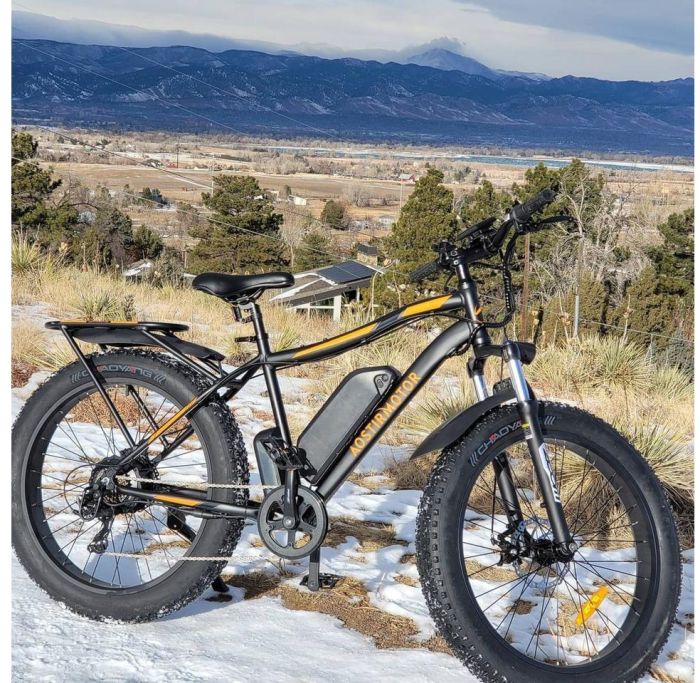
Can you handle the terrain in teh rain?
Okay, so we know electric bikes come in different classes. Now, it’s time to take a look at one of the most important factors in deciding what kind of bike you should get – terrain.
On the surface, you might think that terrain might not make much of a difference, unless you’re planning on tackling literal mountains. But the terrain you plan to ride on can seriously impact how well your bike performs, as well as how long it lasts and how comfortable your ride will be.
First up, let’s consider tire sizes.
Tire Sizes
Sizing your tires is crucial, not only when you have a flat, but also when considering the bike you plan on buying. Are you planning on spending most of your time on smooth pavement? Or do you plan to ride the road less traveled? Because the size of tires your bike has can greatly impact your overall riding experience, we’ll take a look at thin tires vs fat tires and how they stack up.
Thin Tires
Thin tires provide optimal grip on pavement. This is because thin tires are lighter, more aerodynamic, and overall easier to move than fatter tires. Thin tires are also cheaper, since they use less rubber than fat tires.
However, because they’re thinner, they also wear out more quickly and provide less balance and stability. If you value speed and portability above all else, then consider a bike with thin tires, like the MACWHEEL Macmission 100.
Fat Tires
Conversely, fat tires are made for rougher terrain, making them a better choice if you plan to do off-roading or riding rough roads. Because fatter tires are thicker, they provide better balance and stability, but they come at a higher price, both in terms of money and power requirements.
These tires are heavier, making them harder to move. They also require better brakes to stop, meaning you’ll want a bike with good brakes, such as the AOSTIRMOTOR S07-B.
Tire Diameter
In addition to the thickness of a bike’s tires, you’ll also need to consider the diameter. Typically, you’ll find bikes with either 16-inch, 20-inch, and 26-inch tires, though there are bikes with smaller or larger tires.
Bike tires with a larger diameter make for a smoother ride, but come at the cost of maneuverability In contrast, bikes with smaller tires may provide a rougher ride, but are also easier to store, with many folding bikes featuring 16-inch or 20-inch tires.
Suspension and Seats
If you want a smooth and comfortable ride, then you definitely don’t want to overlook suspension and seats. Of course, you can always go with a nice aftermarket seat, but when it comes to suspension, you’ll need to make a careful consideration when you’re looking at bikes: do you want one with full suspension, front suspension, or no suspension?
Full Suspension
Full suspension is going to provide the most comfortable riding experience, with suspension on both the front and rear wheels to absorb most of the shock on your ride.
Something like the AOSTIRMOTOR S18 is great if you’re looking to use your bike on rugged terrain such as dirt roads and back woods trails.
Front Suspension
If you don’t want to spring for full suspension, but still want something to absorb some shock and vibrations from the road, then the next best option is front suspension.
Found on mid-range bikes like the METAKOO Cybertrack 100, front suspension can not only make for a more comfortable ride, but it can also protect the front fork from damage.
No Suspension
While suspension is a pleasant perk, you typically only find it on mountain bikes. However, if you’re planning on sticking to smooth pavement on your travels, and you want a cruiser-style bike like the Macwheel LNE-26, you shouldn’t worry too much about suspension.
Sure, it’s nice to have, but it isn’t necessarily integral to a smooth ride.
Get out and get active with new Sporting Goods
Range
Another crucial consideration for electric bikes is range. This is especially important if you’re planning on using your bike to commute with,
While most bike listings include a general average range the bike will get, the true range you’ll get with your bike depends on a few different aspects, such as the type of motor and sensors a bike comes equipped with, as well as battery life.
First, let’s take a look at motors. The motor on an ebike not only impacts how the bike rides, but also how easy the bike is to repair and maintain. Generally, there are two types of motors on an electric bike: hub drive and mid-drive.
Hub Drive vs Mid-drive Motors
Hub drive motors are motors located on either the front or back tire of the bike. Rear-wheel motors are the most common, though some bikes may have motors located in both tires. Mid-drive motors, on the other hand, are located at the pedals.
Bikes with mid-drive motors are often considered the “premium” option, while hub drive motors are most commonly found on cheaper ebikes.
Because hub motors are located in the wheels, they may make for a ride that feels more unnatural, like you’re being pushed or pulled. This is both because the motor adds weight to either the front or back of the bike, and because it applies torque directly to the wheels. Hub drive motors also use cadence sensors, which only detect if you’re pedaling and how fast, contributing to the overall difference in feeling.
In contrast, mid-drive bikes put the motor’s weight in the middle of the bike, applying torque to the chain instead of directly to the wheel. They also use torque sensors, which detect how hard you’re peddling the bike. Not only does it provide a more natural ride, but it also means the motor can make use of your bike’s gears, allowing you to optimize the motor’s performance.
It also makes for easier maintenance in the case of a flat tire. With hub motors, you may need special tools to remove the tire if you need to change it. But a mid-drive motor means changing a flat on an ebike is no different from a regular one.
However, hub drive motors do offer some distinct advantages over mid-drive motors. Aside from their lower cost, they can be a saving grace if you find yourself with a broken chain mid-ride. Since they apply torque directly to the wheel, you can easily finish your ride without your chain intact, so long as you’ve got the charge.
With mid-drive motors, if the chain breaks, you’re out of luck. And since mid-drive motors apply torque to the chain, it means mid-drive bikes put more wear on the chain and make them more susceptible to a broken chain than a hub drive bike.
Track your steps to a healthier you with
Batteries: Understanding Amp Hours and Voltage
We’d be remiss if we didn’t talk about electricity and batteries in an article about electric bikes. The range, speed, and load your bike is capable of moving all depend on the watts, amperage, and voltage ratings the battery and motor have. While we won’t get too deep into things, we’ll briefly cover these three important topics, so you can have a better understanding of how each affects your ebike.
Amp Hours
Amp hours (abbreviated as “Ah”) is the number of amps a battery can sustain for a single hour. Essentially, this is the amount of energy that can be stored in a battery.
Voltage
Voltage is the measurement of current that the battery is capable of putting out. Electric bike batteries are measured in increments of 12 (so 12v, 24v, 36v, etc.).
The amount of voltage a battery has essentially determines how fast the bike will go, with higher voltages applying more torque, translating to higher speeds and rates of acceleration.
Watts
Wattage is the measurement of the total potential power the motor can use. Basically, wattage determines the load the motor is capable of moving, with a higher wattage being suitable for heavier users.
You might also want a higher wattage bike if you plan on climbing hills on your trek, while lower wattage bikes are more suitable for flat-surface travel, such as in cities.
Storage
We’ve covered just about every major functional aspect of electric bikes, from motors and batteries to tires and suspension. But one serious consideration that doesn’t affect the performance of the bike or its rideability is storage.
If you’ve got a spacious garage or shed, storage might be an afterthought to you. But if you’re an apartment-dweller living in a busy city, then you likely don’t have the luxury of ample storage for a behemoth bicycle.
Choosing a smaller bike is an obvious choice if you’re tight on space. But don’t think that you’re limited to tiny ebikes like the GYROOR C3. With full-sized folding mountain bikes like the SAMEBIKE Electric Commuting Bike, you don’t have to give up riding a full-sized, feature-rich bike because you don’t have room in your trunk to fit your bike.
Find the tech for your life on the go at Newegg

